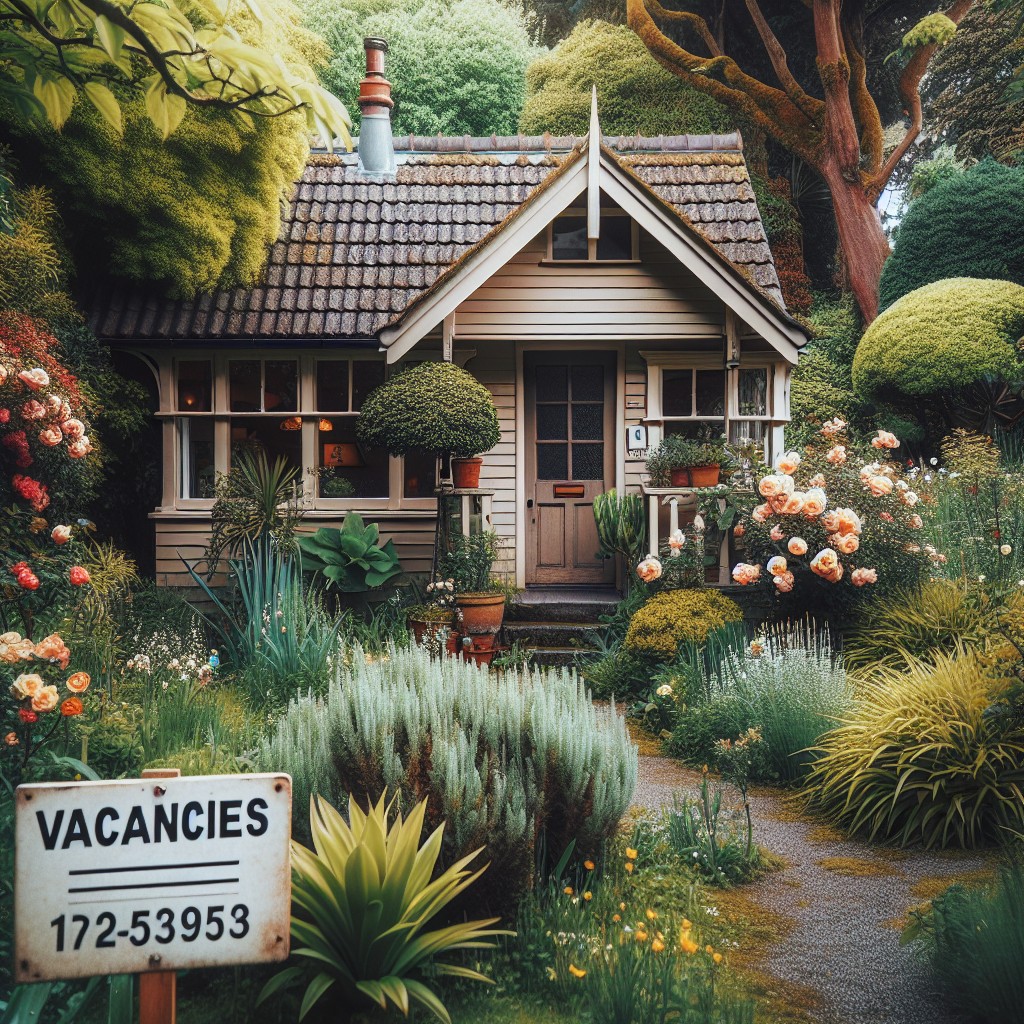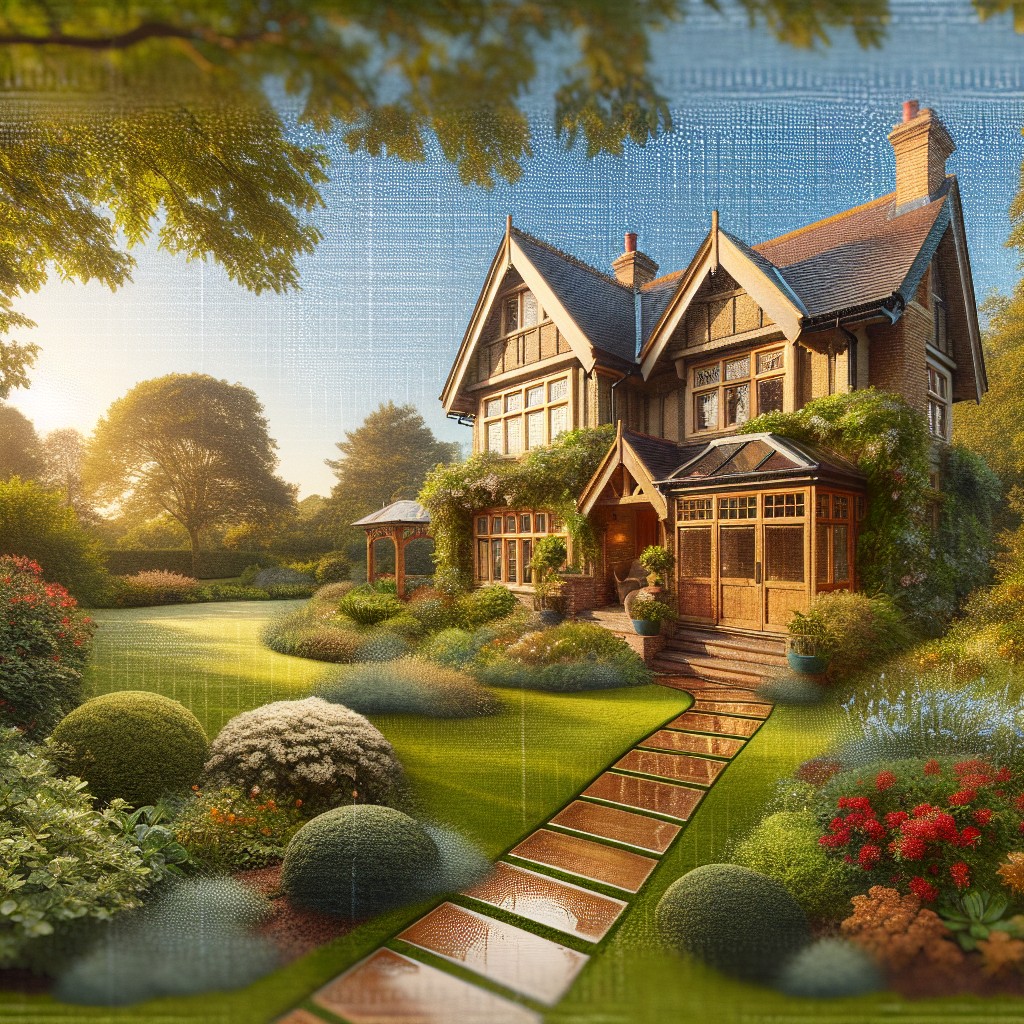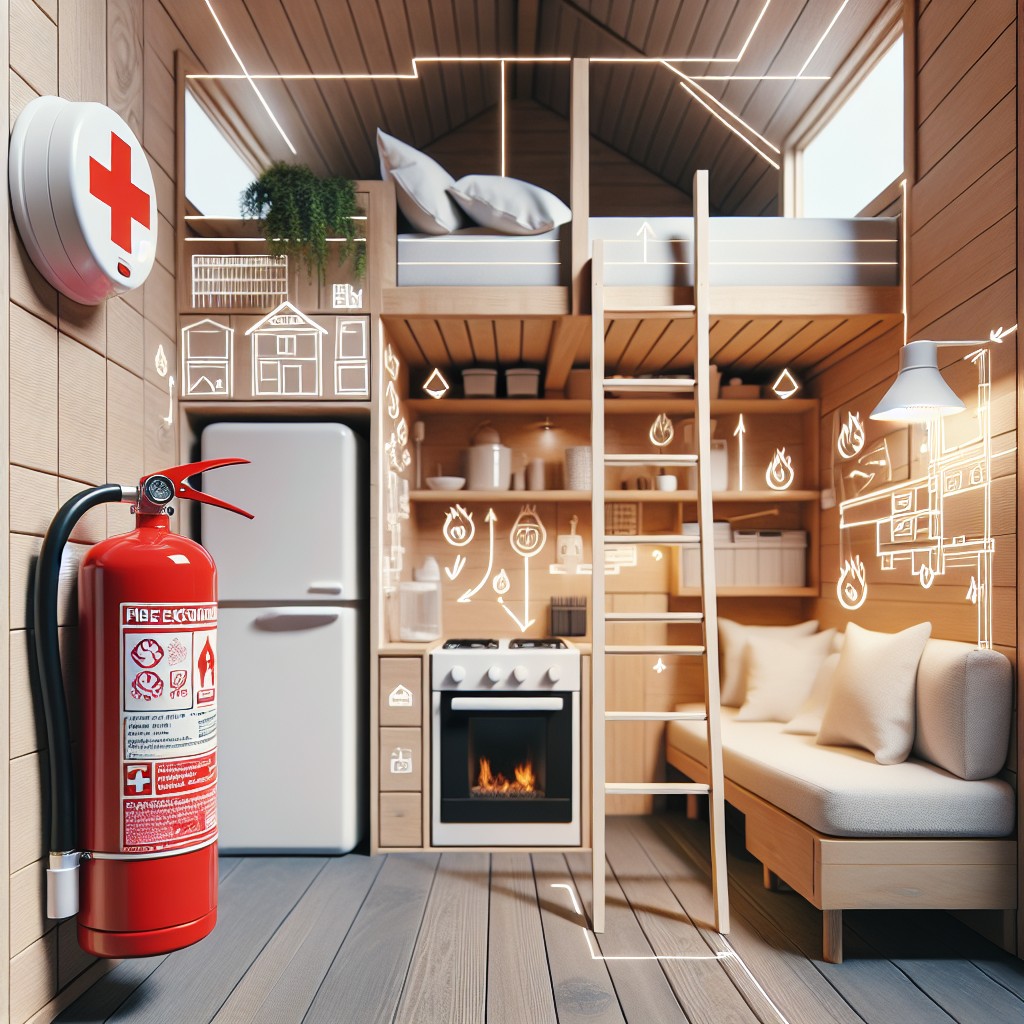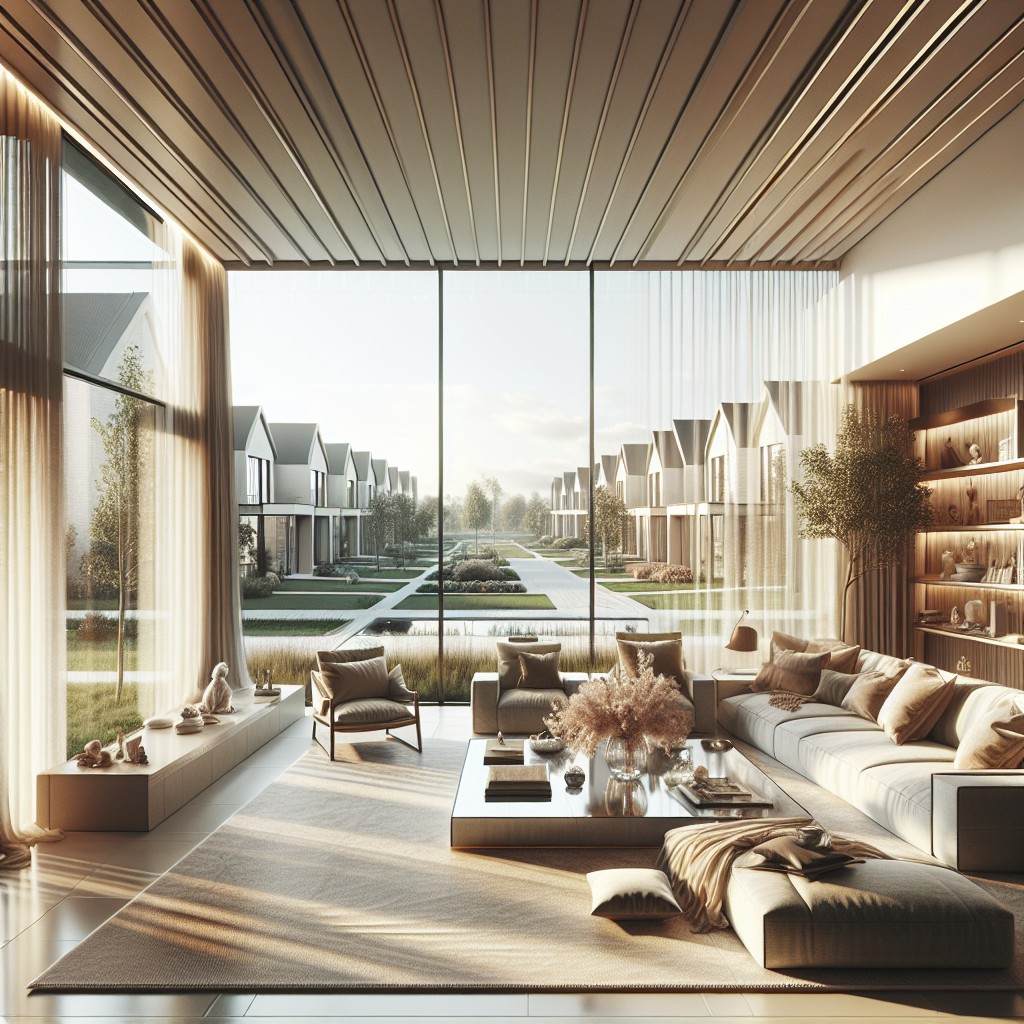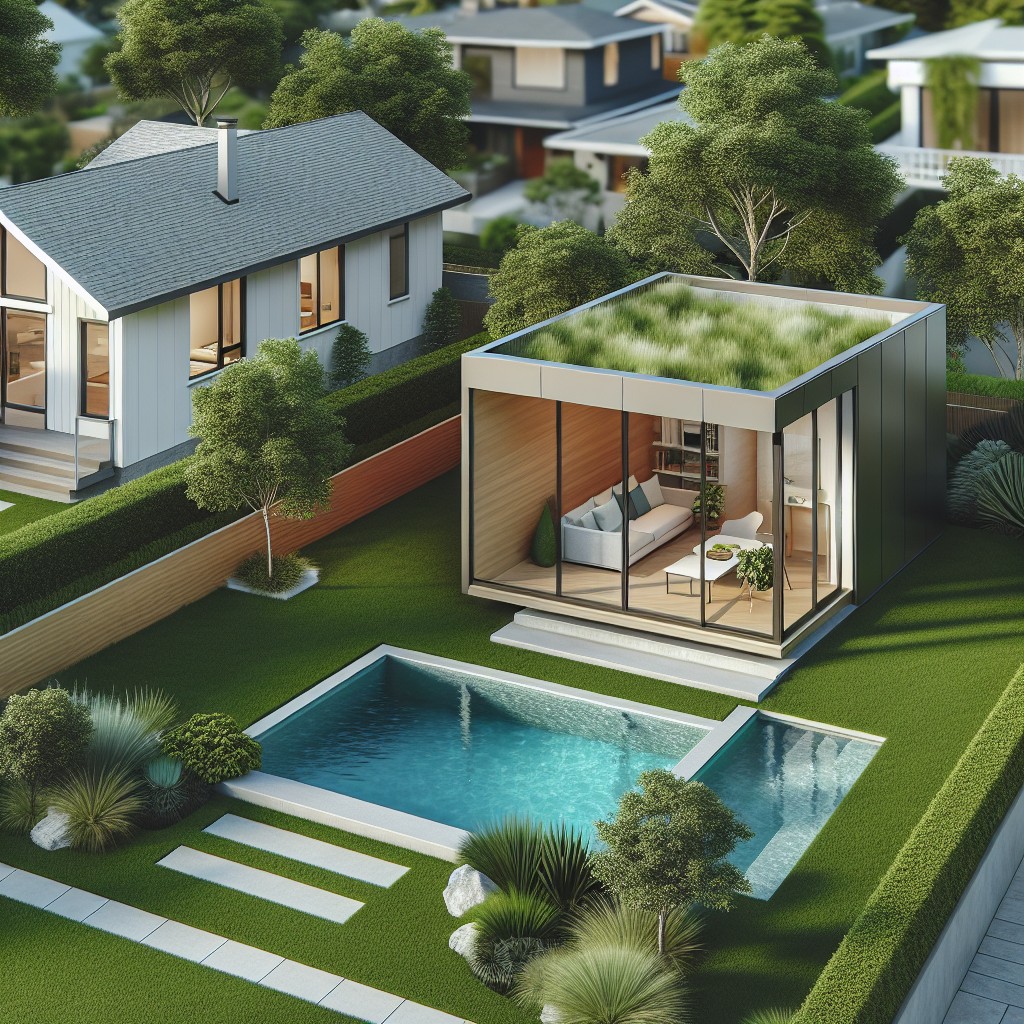Last updated on
Building a back house can significantly add to your living space and property value; this article guides you through the steps to create a functional and appealing addition to your home.
Key takeaways:
- Understanding local zoning laws and HOA rules
- Defining the purpose and potential income of the back house
- Estimating project costs, selecting an architect and contractor, and exploring financing options
- Considering different building types and construction methods
- Analyzing return on investment and potential increase in property value
Understanding Local Zoning Laws and Homeowner Association Rules Related to ADUs

Diving into the specifics, local zoning ordinances might be the deciding factor in whether your back house dreams become a reality. Municipal codes can be as varied as the weather, dictating the size, height, and even the placement of your potential accessory dwelling unit (ADU). It’s critical to examine these rules early on to avoid any plan-halting surprises.
Then there’s the neighborhood’s gatekeepers — the homeowner association, or HOA. If your community has an HOA, they often have their own set of guidelines, which can affect everything from the design aesthetics to the color of your front door. These stipulations aim to maintain a certain harmony in the neighborhood but can sometimes feel like you’re trying to solve a Rubik’s cube blindfolded.
To navigate these waters without going adrift, reaching out to your local planning department is a smart move. They can provide the nitty-gritty details and often have pamphlets or cheat sheets on what’s allowed. Additionally, contacting the HOA directly can offer clarity and may give you an idea of any hoops you’ll need to jump through. Remember, it’s better to have all the information upfront than to have your project stalled or fined for an oversight.
Defining the Purpose of the Backhouse and Assessing Its Potential for Rental Income or Personal Use
Before laying the first brick of your back house, it’s pivotal to zero in on its intended function. Is it an extra room for a burgeoning family, a serene home office, or perhaps a cozy retreat for your aging parents? Envisioning its use will influence design choices from wall to wall.
Alternatively, renting out the space could be an attractive idea. With the lure of supplemental income each month, who wouldn’t be tempted? Investigate local market trends and rental rates to gauge the earning potential. Consider how a standalone living unit could appeal to prospective tenants seeking privacy and convenience.
In any case, align your purposes with practicality. Reflect on how the addition fits into your lifestyle. If personal use is your beacon, then design must foster comfort and fulfill specific needs. If rental income is the goal, keep in mind durability, low maintenance, and the allure of the space to a variety of renters.
Essentially, capturing the essence of your intent lays the foundation for a successful build, both structurally and financially.
Estimating Project Costs, Selecting an Architect and Contractor, and Exploring Financing Options
A realistic budget anchors your backhouse project, so start by sizing up the bill of materials, labor, design, and any unforeseen expenses. Picture your dream design and translate it into a solid financial plan—think of this as navigating without a compass through the sea of construction costs.
Next, architect selection is akin to casting a lead in a play. You’ll want a visionary who not only understands your vision but also respects the barriers of budget and regulations. Architects don’t just draw plans; they’re your liaisons with regulations and aesthetics.
When it’s time to swing hammers, a reliable contractor becomes your best ally. Their expertise turns blueprints into bricks and mortar—so vetting for quality and reliability through reviews and references is worth its weight in gold-tinged sawdust.
Finally, unless your pockets are as deep as a wishing well, financing demands a good look. Whether it’s tapping into home equity, exploring a construction loan, or sniffing out grants for energy-efficient builds, you’ll need a strategy that doesn’t break the bank.
Remember, balancing costs with outcomes will determine the success of your backhouse project, so cutting corners isn’t just ill-advised—it’s a blueprint for bitterness.
Considering Building Types and Construction Methods, Including Prefabricated and Modular Options
Opting for traditional stick-built construction gives you a custom-designed space, with flexibility to match your existing home’s style and architecture down to the last detail. Prepare for a longer timeline and potentially higher costs, though, given the labor and materials involved.
On the flip side, prefabricated or modular ADUs offer convenience and efficiency. These units are factory-made and shipped to your site, significantly reducing construction time. They might not be as customizable, but they often come at a lower cost and with fewer surprises during the build process.
Consider green building practices too. Sustainable materials and energy-efficient designs aren’t just good for the planet—they can also lead to savings through lower utility bills and possible tax incentives.
Finally, weigh the pros and cons of each construction method in light of your budget, timeline, and desired outcome. Your choice will anchor the project’s direction, so take your time to decide which path aligns best with your vision for the new back house.
Analyzing Return On Investment, Including Long-term Advantages and Potential Increase in Property Value
Building a back house can be a shrewd financial move, often paying dividends in both immediate cash flow and long-term property value escalation. By renting out the space, homeowners can secure a consistent stream of income, effectively turning their property into a dual-purpose investment. The initial outlay may be substantial, but considering the potential rental revenue, it might be recouped within a few years.
Additionally, the existence of an accessory dwelling unit (ADU) often boosts the overall value of your property. Prospective home buyers find added value in a property with a separate living space, whether it’s for hosting family, accommodating a home office, or generating rental income. This is a critical factor to weigh if selling your home might be on the horizon.
Also, there’s a hidden gem in this investment: tax benefits. Depreciation, maintenance, and interest on a loan for construction are just some deductible costs that can lessen your tax burden.
It is crucial to conduct thorough research or speak with a financial advisor to understand the tax implications and economic impact of adding a back house on your property. Overall, while the upfront costs can be significant, the long-term outlook for ADUs is promising in terms of both revenue and property valuation.
Related reading:
Table of Contents
